
Pilgrims go in search of a new spirituality
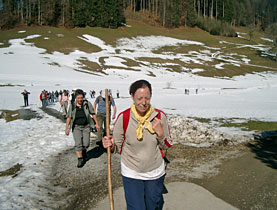
Pilgrimages to sacred sites have been part of Christian life for centuries. After falling out of favour, the ancient custom is enjoying a revival in Switzerland.
Forget wooden staffs and calloused feet, today’s pilgrims are just as likely to arrive at their destination by car. And while they may still be seeking a spiritual experience, it is not necessarily about finding God.
For some it’s a chance to clear their minds and de-stress. For others it’s a test of physical endurance and for yet others it’s a form of cultural tourism.
Whether they are doing it for the good of their souls or that of their bodies, people are apparently joining the ranks of modern-day pilgrims in ever greater numbers.
Judith Könemann, the head of the Catholic Swiss Pastoral-Sociological Institute, talks of “a real renaissance” in pilgrimages in Europe in general. It coincides with the 150th anniversary this year of the apparitions of the Virgin Mary at one of Europe’s best-known shrines – Lourdes in France.
While admitting that there are no official figures for numbers visiting spiritual sites in Switzerland, Könemann says she suspects an increase here too.
“What we can say is that some places are really in vogue, for example Santiago de Compostela in Spain, but part of the Way of St James to Santiago also goes through Switzerland.”
Figures from the Santiago Pilgrim’s Office back this up: in 1985 2,491 people completed the Way of St James. By 2005 the figure had risen to 93,924.
Caves and cliffs
A fascination with the diversity of religious sites across the country led ethnologist Paul Hugger to conduct research into the pilgrimage phenomenon in Switzerland. The result, Wallfahrtsorte der Schweiz (Pilgrimage Places of Switzerland), is a richly illustrated book documenting his journeys to some of the hidden or lesser known sites. (See gallery)
“There are sites of pilgrimage at the top of mountains but also in gorges. There are grottos. There are tiny chapels and large churches. And the ways people travel are completely different,” said Hugger.
He says Switzerland’s most important sites of pilgrimage are popular with tourists because of their baroque architecture – the Einsiedeln abbey – their natural beauty – Madonna dell Sasso on an outcrop of rock above Locarno – or their link to Swiss identity – Flüeli Ranft, dedicated to Switzerland’s national saint, Brother Klaus.
But many other sites are off the tourist trail. Some, like Notre Dame du Scex, which clings to the rocks above the tourist town of St Maurice, are inaccessible to all but the most dedicated and fit. Those who make the effort to climb the 500 steps to the chapel usually do so because of a particular need or concern.
Then there is Ziteil, at 2,433 metres the second-highest sacred site in Switzerland after the Great St Bernard. “You can’t get there by car, you have to walk,” said Hugger. “This is a type of pilgrimage where people feel they have made a big physical effort and expect to receive what they pray for in return.”
This test of endurance, like completing the Way of St James to Santiago, harks back to the time when pilgrimages were a form of penance, he says.
At the other extreme there are shrines to the Virgin in caves, such as the Sainte Colombe grotto in the Jura region, accessed via a woody ravine. “Grottos also attract people. When there is water, especially when it comes out like a spring, they have the feeling that this water is holy,” Hugger added.
21st century pilgrims
A recent trend he notes is that pilgrimages are no longer the preserve of Catholics.
“What is happening now, for instance in the Protestant Church, is that individual pastors are organising pilgrimages. These are above all about meditation, they’re not copying what the Catholics do.”
Theo Bächtold is pastor of St James church in Zurich where he also runs the Pilgrim Centre providing information and advice to walkers. He first hiked the more than 2,000 kilometres to Santiago in 1991 and caught the bug. He now organises around ten pilgrimages every year to walk a part of the Way of St James.
Bächtold says interest in following the ancient pilgrim route is definitely growing.
“Our centre serves as an example. Five years ago we had two journeys a year and now we have ten. And there are many other church communities doing the same thing.”
Asked to explain the attraction, the Protestant pastor says it is about the involvement of body, mind and spirit. “It’s the wholeness which fascinates people. You walk, but you have spiritual experiences along the way. You have communion with others.”
But not everyone is looking for fellowship as they walk. Hugger says that for some going on a pilgrimage is “a kind of self-healing process”, a form of free medicine for body and soul.
He believes that if pilgrimages served no useful purpose, the phenomenon would have died out long ago. But the benefits are impossible to prove.
“It’s an individual experience and because it goes deep into the human psyche, it can’t be explained rationally. On the other hand, I believe it is an important phenomenon for the health of society.”
“The fact is that people come back from pilgrimages feeling strengthened.”
swissinfo, Morven McLean
The Sanctuary of Our Lady of Lourdes in the Pyrenees region is this year celebrating the 150th anniversary of the “Apparitions of the Virgin Mary” to Bernadette Soubirous. In 1858 the miller’s daughter, aged 14, was collecting firewood by a stream when she claimed to have seen her first vision of a “lady in white”. In total the lady appeared to her 18 times. During the 13th apparition the lady asked her to have a chapel built on the site of the visions. During the 16th apparition she finally gave her name as the “Immaculate Conception”.
In 1862 the local bishop recognised the apparitions officially in the name of the Catholic Church. The first healing miracle associated with the spring at Lourdes is said to have occurred in 1858, the year of the apparitions. The total of officially recognised miracles currently stands at 67. An estimated 200 million people have visited the shrine since 1860.
The Sanctuary usually welcomes around 6 million people a year. This year because of the anniversary, the number is expected to be about 8 million. Some 2,500 Swiss visited Lourdes over a period of five days in early April.
Santiago is the third most significant site of Christian pilgrimage after Rome and Jerusalem. Its cathedral is reputed to house the remains of the apostle St James – Sant’Iago in Spanish. He was said to have been a missionary in Spain for several years before dying a martyr in Judea. His relics were apparently rediscovered in the 9th century and taken to Santiago, where pilgrims have since come to venerate them.
There are many routes to Santiago, all forming part of the Way of St James. Declining interest in the pilgrimage was reversed at the end of last century, when the Council of Europe declared the trail the first European Cultural Route in 1987.
In 1985/6, according to the Pilgrim’s Office, 2,491 people completed one of the routes under their own steam. In 2005 the figure had risen to 93,924.
In March 2008, 5,327 people were received at the Pilgrims’ Office compared with 1,680 in the same month in 2007. Of these, 87.66% arrived on foot, 11.62% by bicycle, 0.69% on horseback and 0.02% by wheelchair.
A Benedictine monastery and chapel dedicated to the Virgin Mary was founded in 934 on the site of a hermitage. The black marble “Lady Chapel” housing the Black Madonna statue became an important place of pilgrimage from the 14th century. The monastery complex was later extended with the addition of a baroque library and abbey school.
The abbey pilgrimage office reports that after a decline in the 1970s and 80s, pilgrimages to Einsiedeln have settled at a constant level. In 2007 around 100,000 pilgrims visited the abbey in organised groups. A further 100,000 individuals attended services. Around 200,000 are estimated to have visited privately, bringing the total number of visitors to 400,000.

In compliance with the JTI standards
More: SWI swissinfo.ch certified by the Journalism Trust Initiative
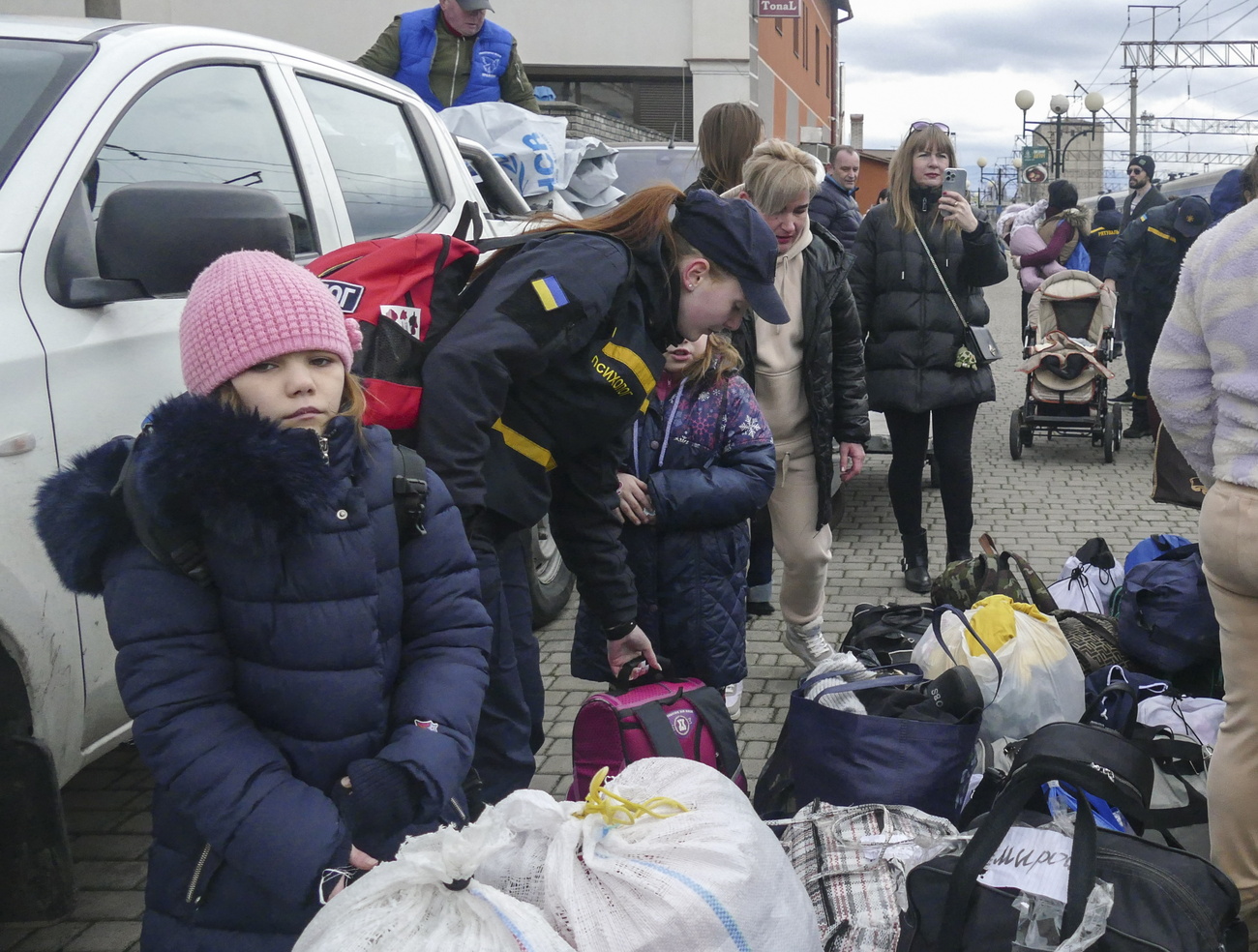
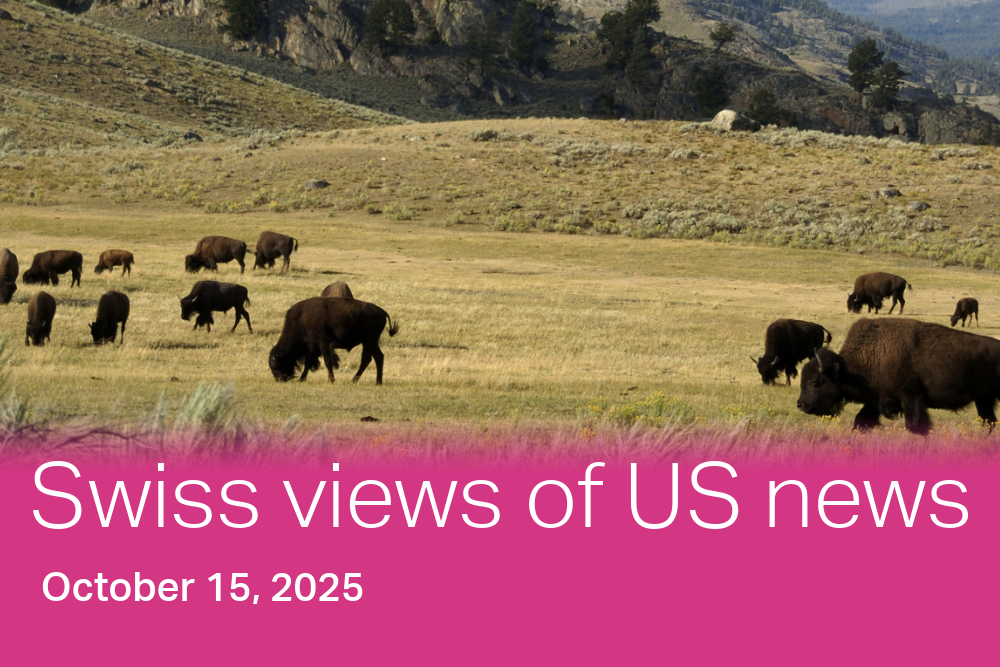


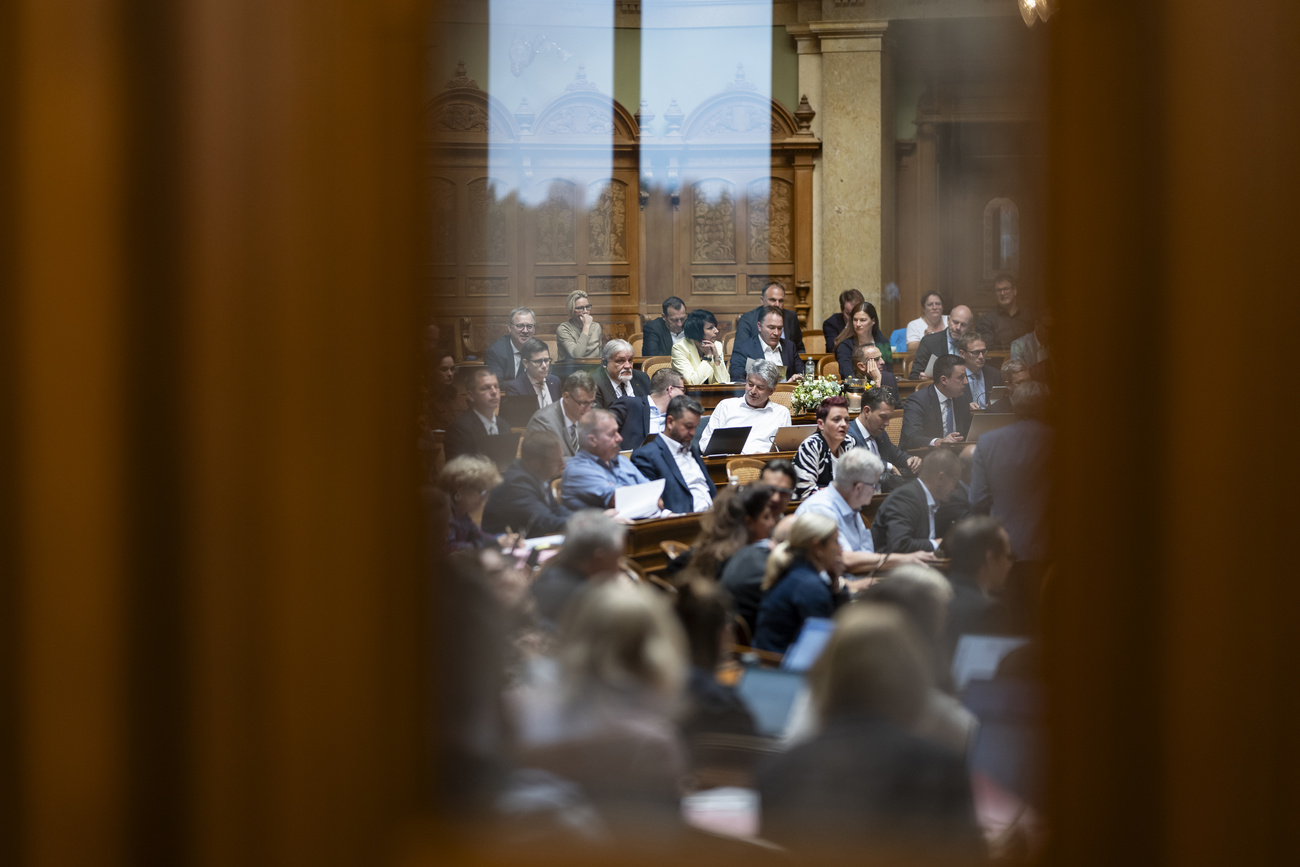
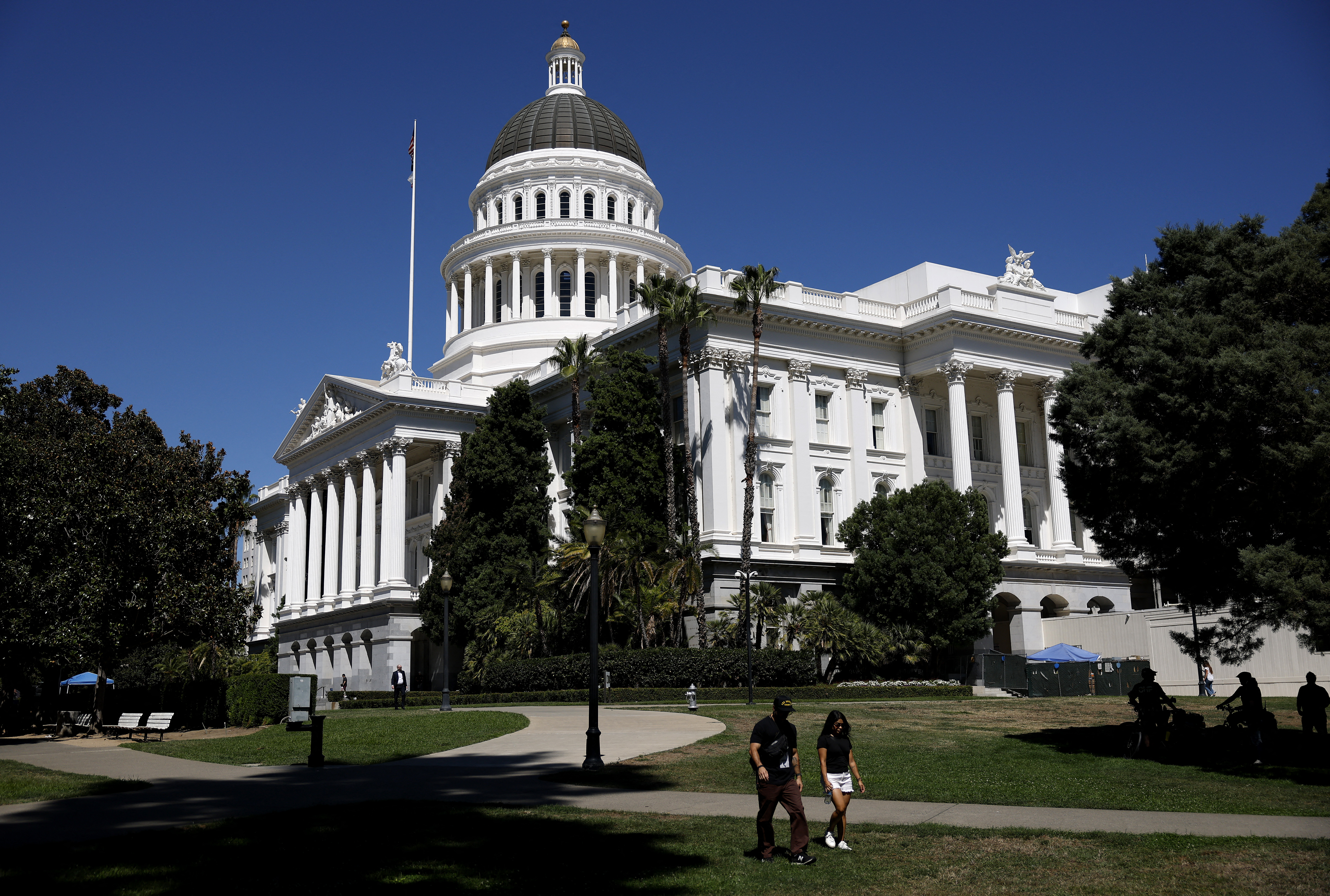
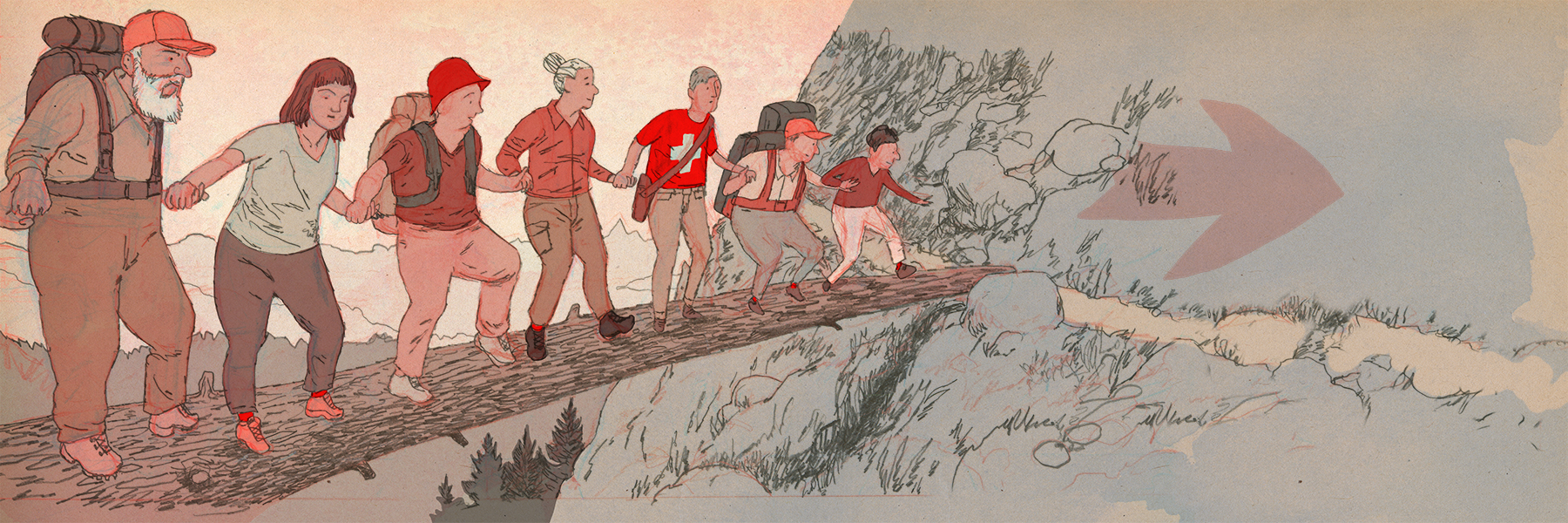







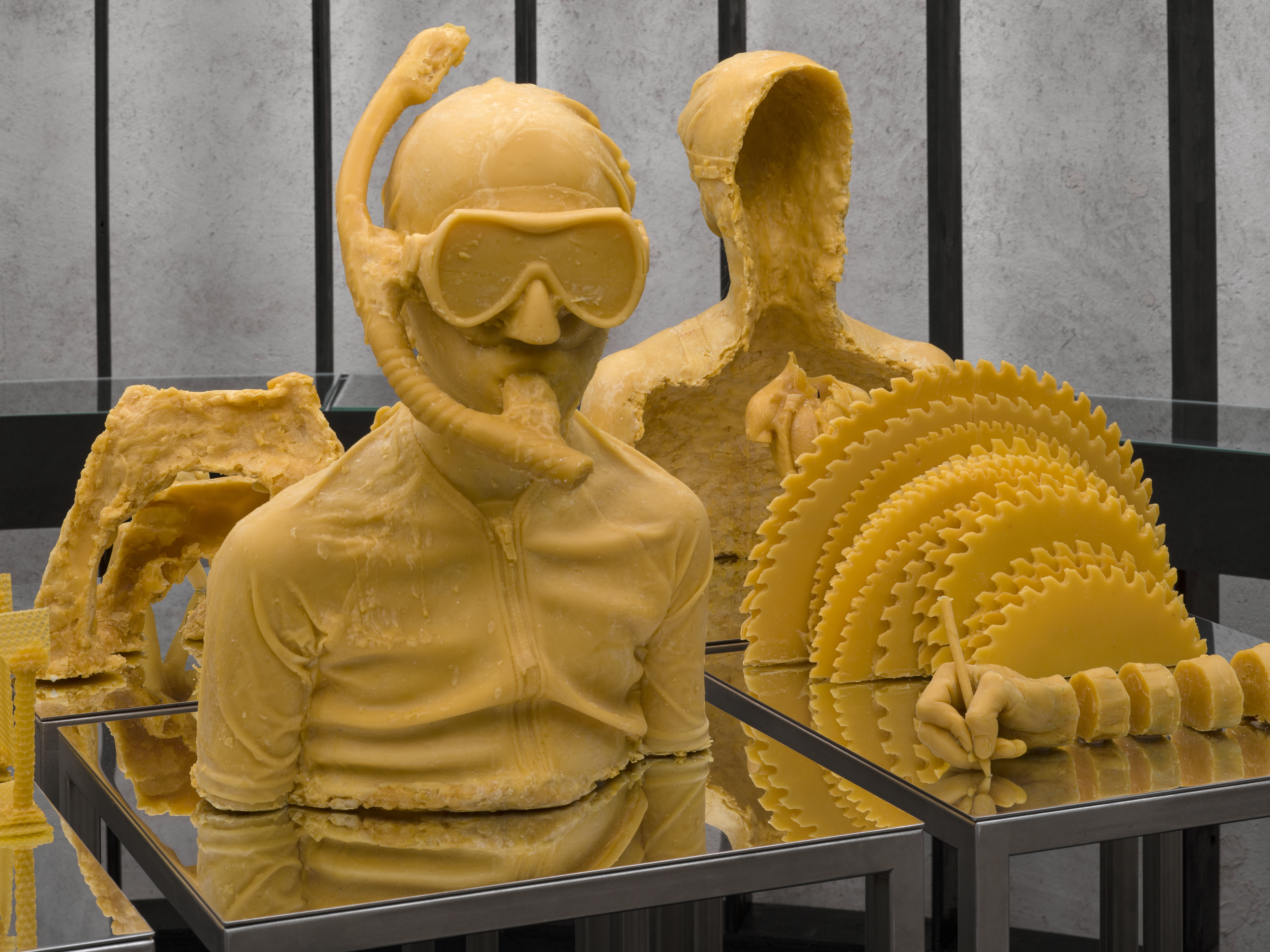
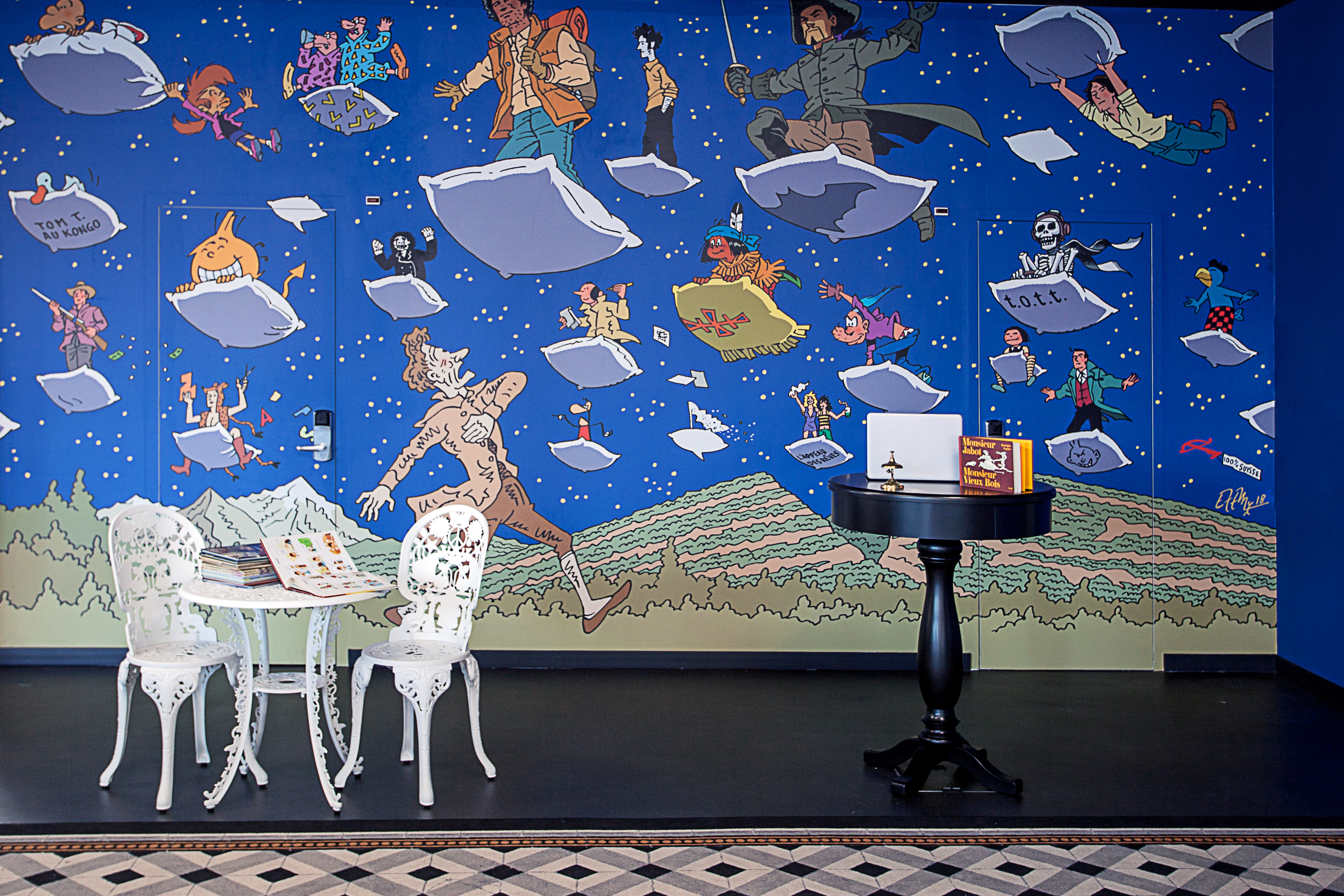












You can find an overview of ongoing debates with our journalists here . Please join us!
If you want to start a conversation about a topic raised in this article or want to report factual errors, email us at english@swissinfo.ch.